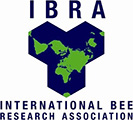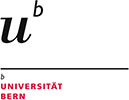Modelling seasonal effects of temperature and precipitation on honey bee winter mortality
Abstract Insect pollinators are essential to global food production. For this reason, it is alarming that honey bee (Apis mellifera) populations across the world have recently seen increased rates of mortality. These changes in colony mortality are often ascribed to one or more factors including parasites, diseases, pesticides, nutrition, habitat dynamics, weather and/or climate. However,…






